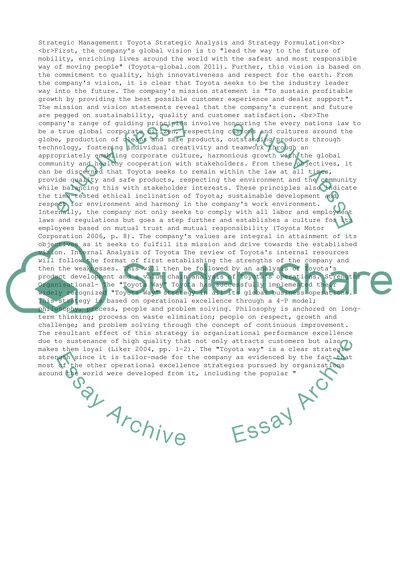Cite this document
(“Toyota Strategic Analysis and Strategy Formulation Research Paper”, n.d.)
Retrieved de https://studentshare.org/management/1392356-toyota-strategic-analysis-and-strategy-formulation
Retrieved de https://studentshare.org/management/1392356-toyota-strategic-analysis-and-strategy-formulation
(Toyota Strategic Analysis and Strategy Formulation Research Paper)
https://studentshare.org/management/1392356-toyota-strategic-analysis-and-strategy-formulation.
https://studentshare.org/management/1392356-toyota-strategic-analysis-and-strategy-formulation.
“Toyota Strategic Analysis and Strategy Formulation Research Paper”, n.d. https://studentshare.org/management/1392356-toyota-strategic-analysis-and-strategy-formulation.


